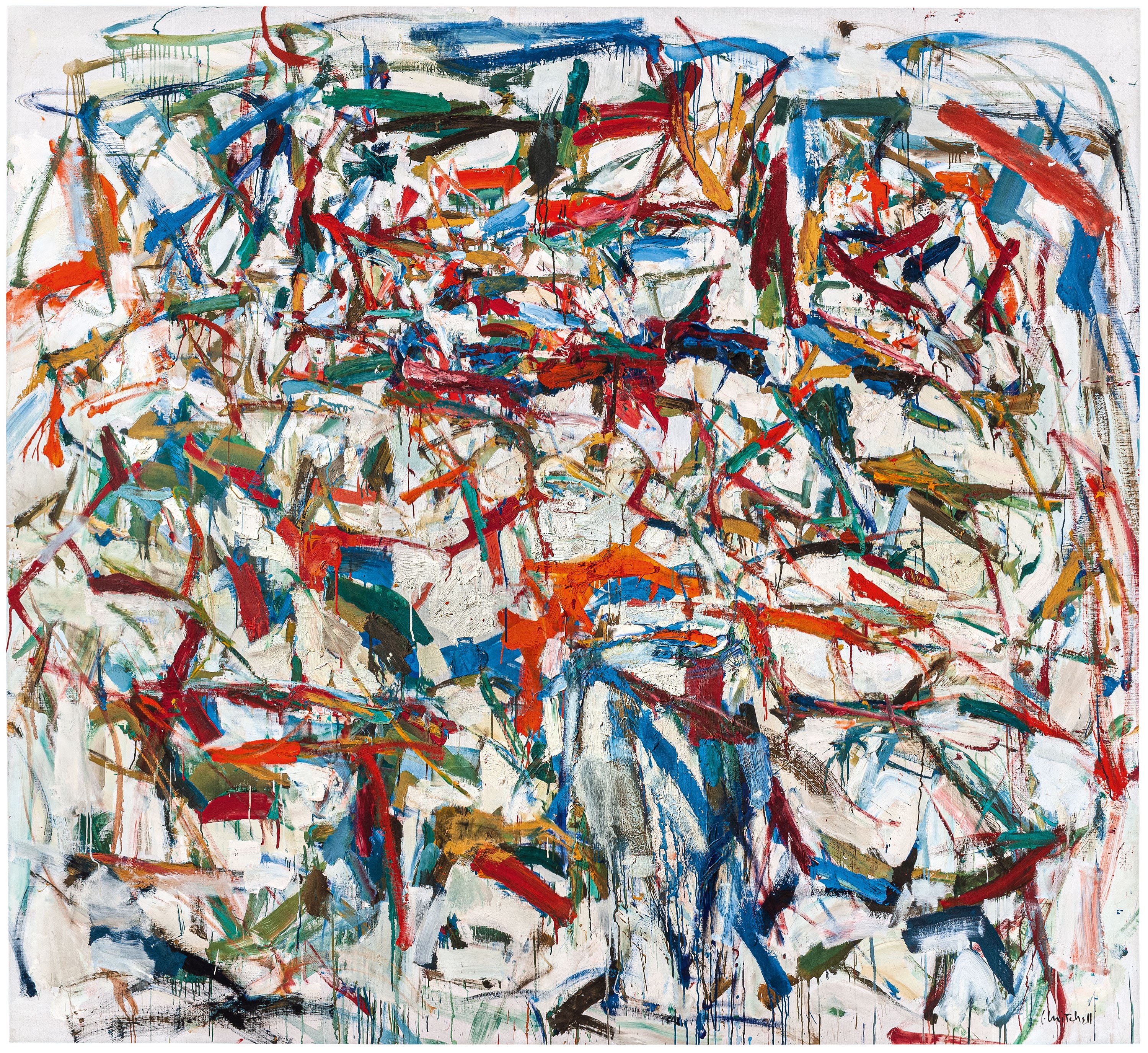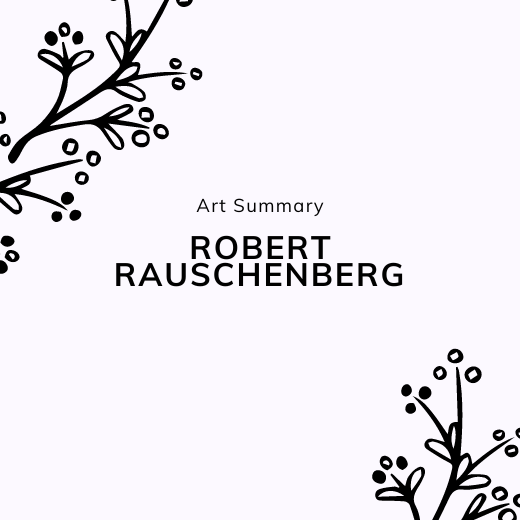Joan Mitchell was an American abstract expressionist and feminist painter who is well known for her color abstract paintings. Mitchell was a major figure in the New York School of Abstract Expressionism and is considered one of the greatest painters of the 20th century. Mitchell is best known for her vibrant and energetic paintings that often depicted nature and the environment. Her work has been influential in shaping modern art, particularly in the fields of abstract expressionism and color field painting. This article will explore her life, her work, and how she shaped modern art.
Joan Mitchell’s Early Years and Education in Art
Mitchell’s early years were spent in Chicago, where she attended the School of the Art Institute of Chicago. Here, she was exposed to various art movements such as cubism, surrealism, and abstraction expressionism. She was particularly influenced by Hans Hofmann’s teaching which encouraged her to explore new techniques in painting. Her work during this period focused on capturing movement and expressing emotion through bold brushstrokes and vivid colors.
Joan Mitchell’s Legacy in the Field of Abstract Expressionism
Joan Mitchell has a lasting legacy in the field of abstract expressionism. During her lifetime, Mitchell was a major figure in the Abstract Expressionist Movement and was known for her bold and vibrant brushstrokes. She also developed a unique style of landscape painting, which she practiced in her East Hampton studio until her death in 1992. Her work has inspired many modern artists to explore their own creative boundaries and push the boundaries of abstract expressionism. Joan Mitchell’s legacy continues to live on through the many works she created during her life, as well as through those who continue to be inspired by her art today.
The Unifying Themes in Joan Mitchell’s Paintings
Mitchell’s works are characterized by their improvisational and automatic drawing techniques, as well as her vivid use of color. Through her works, Mitchell explores the unifying themes of nature, relationships, and identity.
The Impact on Other Contemporary Painters and Artists in the 20th Century
The 20th century saw a revolution in the art world. There were a number of contemporary painters and artists who had an immense impact on the art of the time. Lee Krasner, Willem de Kooning, and Mark Rothko were some of the most influential artists of their generation. They all had different styles and techniques but their work was highly influential to other painters and artists. Their influence can be seen in works from different genres including abstract expressionism, pop art, minimalism, and more. Their unique styles have been adopted by many other contemporary painters and artists in the 20th century, making them some of the most influential figures in modern art history.

Chatiere (1960) – is a masterful work of art. Created in her signature abstract expressionist style, the painting captures the vibrant energy of nature. The composition of the painting evokes a sense of movement and energy that draws in viewers from all walks of life. It stands as an example of Mitchell’s ability to capture beauty in her artwork and demonstrates her commitment to experimentation with color and form.

King of Spades (1956) – The painting is composed of bold and contrasting colors on a large canvas which captures Mitchell’s emotional state at the time of its creation.

Evenings on Seventy-third Street (1956) – The composition of the painting is balanced and well-structured, creating an overall feeling of harmony.

Ladybug (1957) – Joan Mitchell’s Ladybug (1957) is a vibrant and captivating painting, full of color and movement. Mitchell has used a variety of techniques to create the effect of a living creature on the canvas. She has used bold brushstrokes, dynamic lines, and bright colors to create an impressionistic representation.




